Vehicle description
The choosen car is a Mercedes GLC 300e Coupe. It has a diesel engine with 200 CV and an additional electric engine with 90 CV. Litium battery has 13 KWh capacity valid for driving up to 50 Km using only electric power.
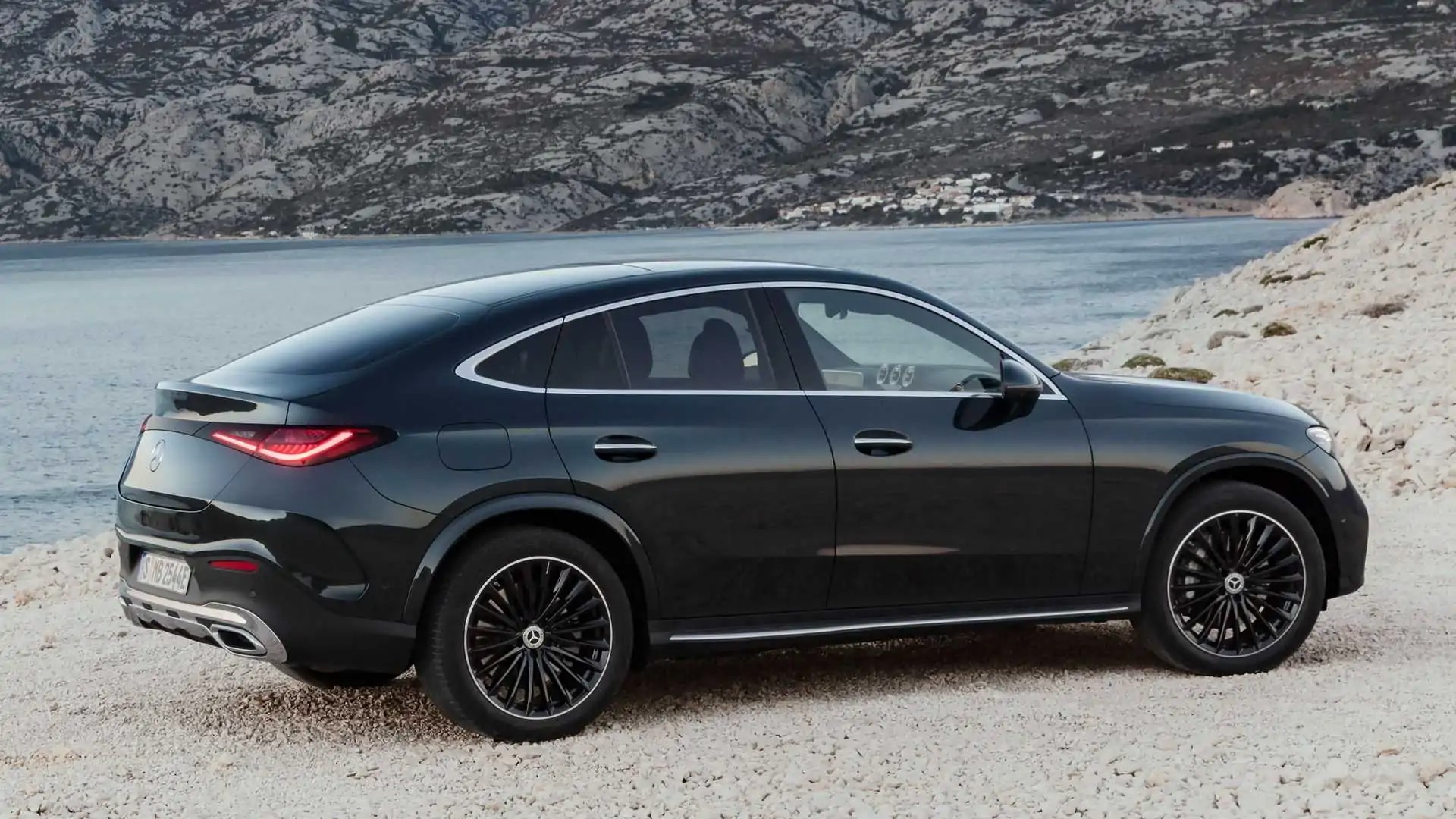
As every german cars power distribution is done by a mechanical system. Gearbox recibes mechanical power from both engines and it distributes this power to the wheels. In case of braking gearbox connects wheels to electric engine in order to generate electric power for charging battery. Of course it is an automatic gearbox.
This system is more confortable than hybrid cars distributing electric power instead of mechanical power. Japanese hybrid cars use to distribute electric power. This is cheaper as gearbox is not necessary, but fuel engine speed and noise are not link to car speed. Sometimes fuel engine noise is high but a car acceleration is not so high. The reason for this kind of hybrid cars is they are cheaper as they don’t need a gearbox. As we have mentioned this car model use mechanical distribution more close to only fuel cars.
Driving modes
Gearbox operation is really good and it is not necessary to take care about gears. Driving mode selection indicates to vehicle what we expect from it from energy consumption point of view. In all driving modes we have enough available power to reach desired speed.
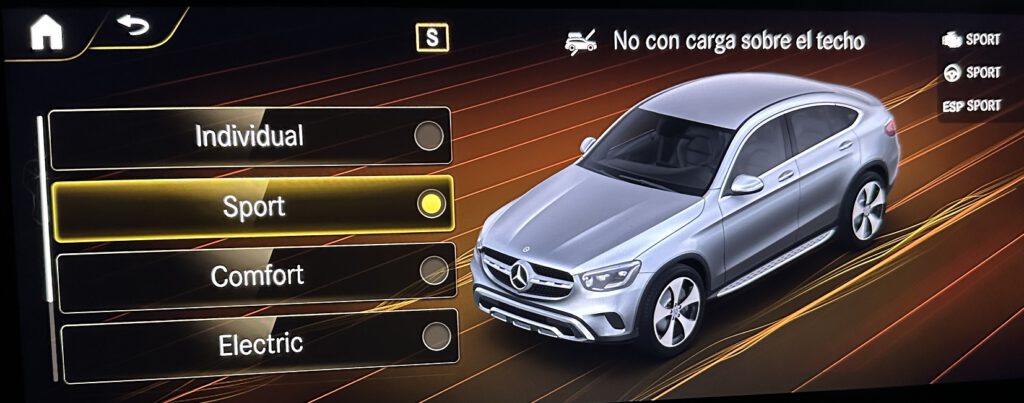
Confort mode
It is the default one. It uses electric engine while there is enough energy in battery. When this energy is about to be exhausted it start diesel engine. Diesel engine is started when high power is needed too. Summarizing electric engine is the priority one and diesel engine is started when necessary.
Electric mode
Similar to confort one but diesel engine is not used at all. Only electric engine is used and we have only 90 CV available. This mode avoid diesel engine starting when high power is requested. In case of exhausted battery it changes automatically to confort mode.
Sport mode
Diesel engine is working permanetly. Braking energy is used to charge battery and eletric engine is used sporadically in order to support diesel engine. In this mode battery is charged slowly from braking energy. As electric engine is used sporadically this battery charge is really slow.
Battery Level mode
This mode is really interesting. It tries to simulate a micro hybrid car. It stops diesel engine when stopped or reduce power requested as traffic jams or garages. When we request more power diesel engine is started. As only reduced power is requested to the battery this energy is compensated with braking energy and battery maintains the same level. Driving in cities we have a high reduction of fuel consumption without charging battery. Driving in roads we have a consumption reduction as well but not so high.
We have to take in count during winter that heating get heat from diesel engine. Heat is only produced in sport or battery level modes. Otherwise it is needed to get heat from electric power generating an additional electricity consumption. This is a common characteristic of electric cars. Electricity consumption is higher during winter. Additionally heating is not so good in electric and hybrid cars. Heated seats are usual in this kind of cars in order to compensate a not so good heating.
Consumption
In order to evaluate consumption we will use internal car information provided by car computer measuring comsumption. Provided information shows both electric consumption and diesel fuel comsumption during trip.
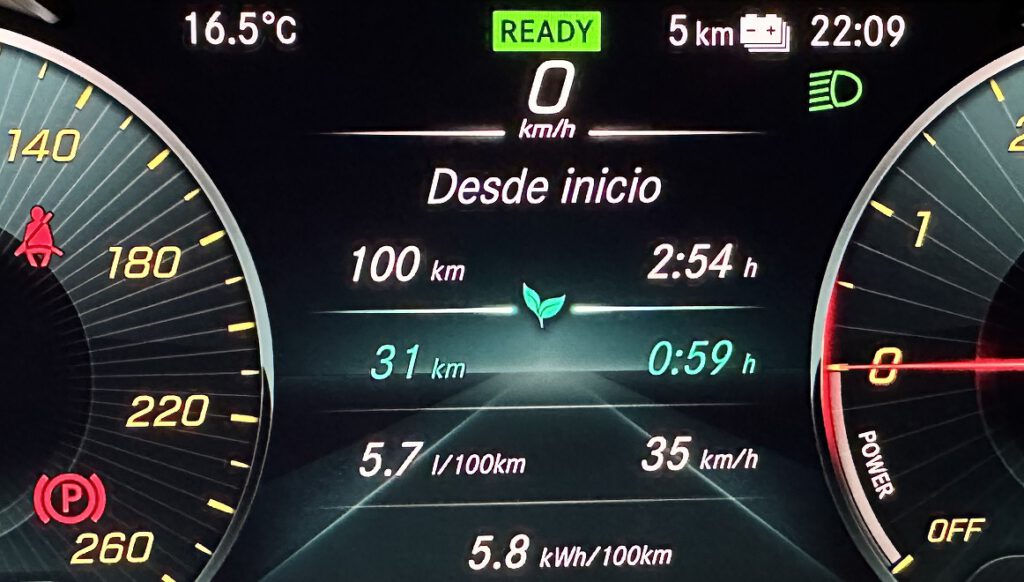
Information shown in above picture indicates information about 100 Km trip. 31 km of this 100 Km trip has beed done using electric engine with diesel engine stopped. Consumption both electric (KWh/100Km) and diesel fuel (l/100Km) are shown considering 100 Km both. Electric consumption is 5,8 KWh spent during 31 Km but it is shown considering the whole trip. In case of diesel consumption these 5,7 liters have been spent during other 69 Km but they are shown considerig the whole trip as well.
Any case we will focus on pure electric consumption which would be similar or equivalent to a pure electric car.
Short trips
 |  | 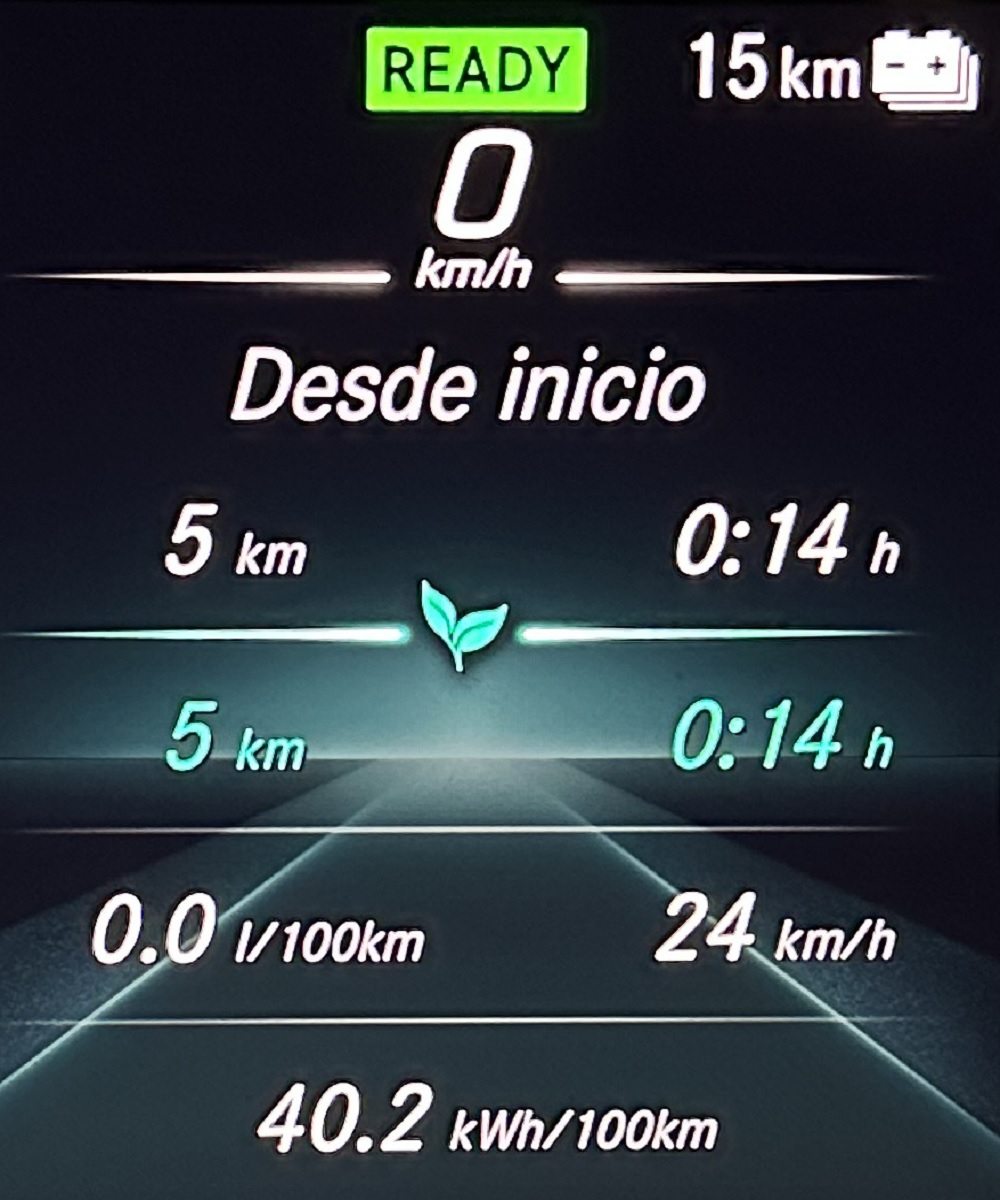 |
 |  |  |
For short trips we see electric consumption is closed to 40 KWh/100 Km or even above it in really short trips. This is maybe expected as it is the same behaviour in a fuel car.
10 to 30 Km trip
 |  | |
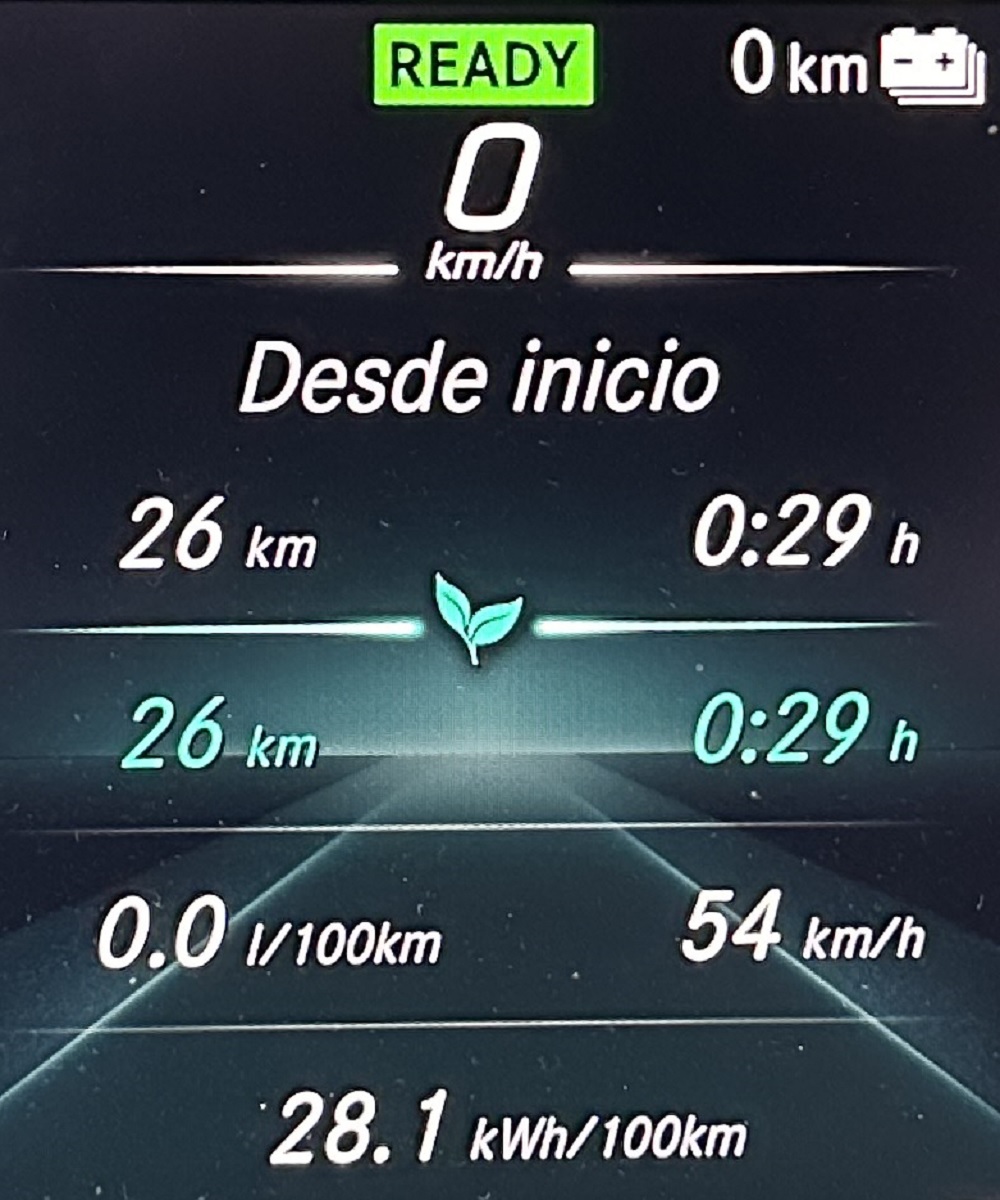 | 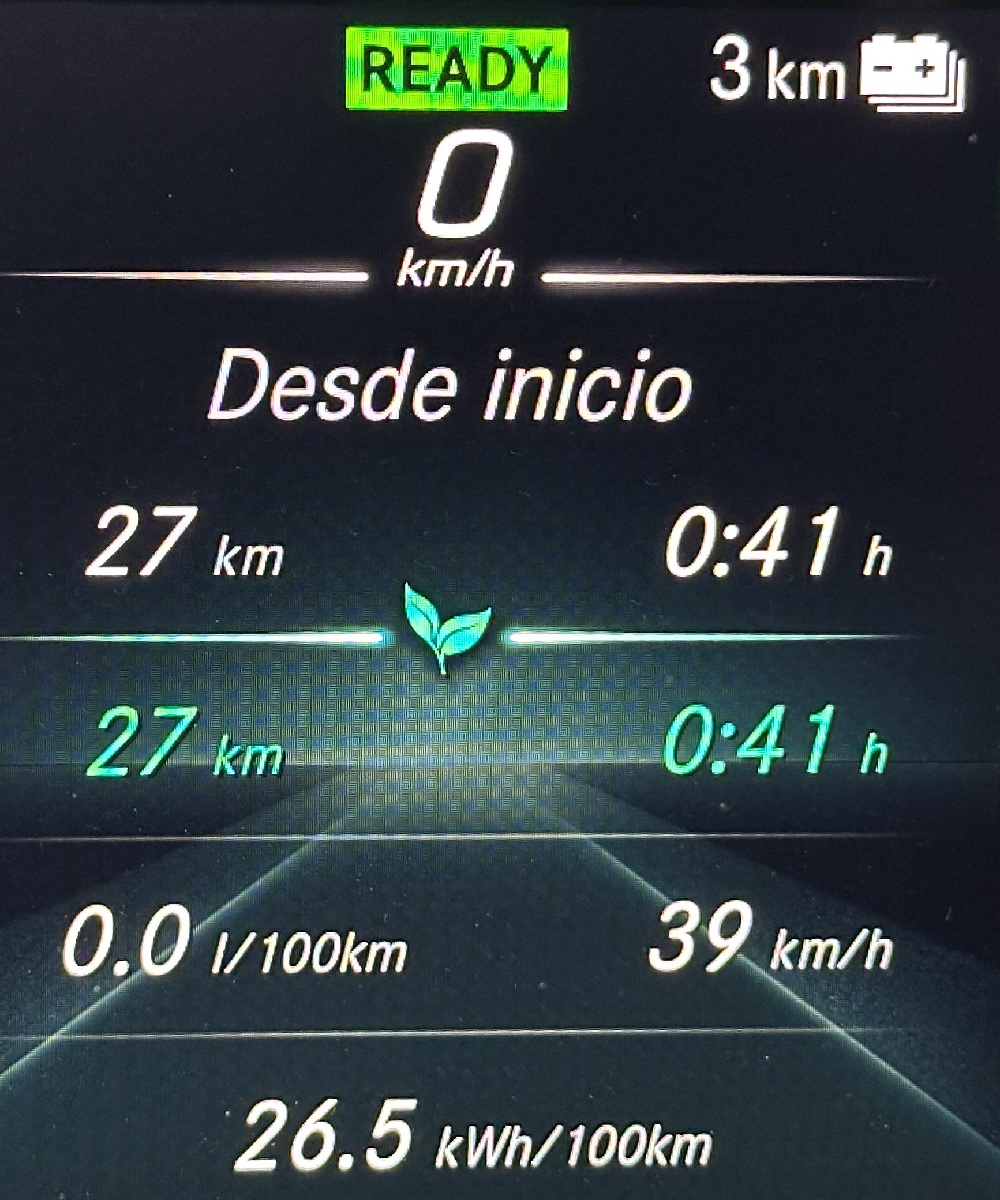 |
As expected electric consumption is more stable and not depending on distance. They are some differences but they are due to temperature. These tests has been done during winter and heating has influence in electric consumption.
Conclusion
Homologated consumption for this car is 20 KWh / 100 Km but real consumption could be up to 10 KWh more per 100 Km. Tests has been done with normal utilization at legal speed. Tests has been done during winter configuring internal temperture of 22 ºC.
Conclusion is we could get better consumption in other scenarios like spring or summer. Trip at constant speed could be a better scenario as well. But, with normal use, we should expect 30 KWh / 100 Km consumption in order to evaluate real electric autonomy.






